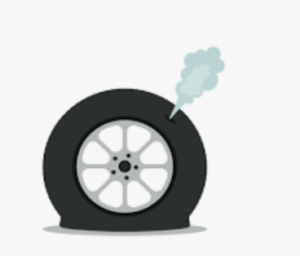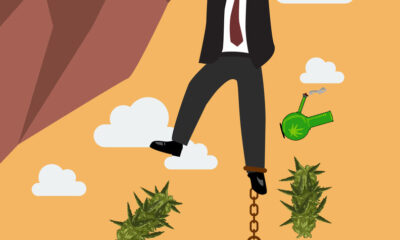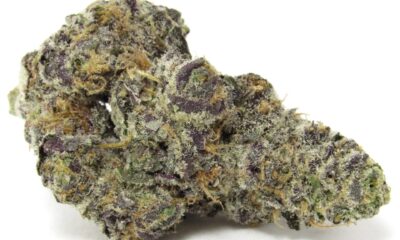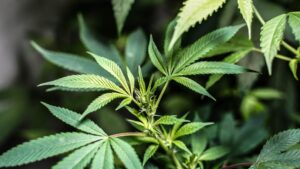It is the day for lovers and/or friends…make it a little extra special with these love strains.
Friday is Valentine’s Day, one of the most fraught emotional days of the year. It is one of hte business days of hte year for restaurants, second only to Mother’s Day. It is also given rise for singles to celebrate including the new trends of
Galentine’s Day.
Candy, chocolate, and sweets are a top choice for Valentine’s Day gifts. In 2018, 63% of consumers bought candy for Valentine’s Day, but this year think outside the heart shaped box. Here are the best marijuana strains for Valentine’s Day. Whether you’re looking to enhance intimacy, boost creativity, or simply relax with your partner, there are numerous marijuana strains which can help set the mood.
RELATED: Couples Using Cannabis Can Increase Intimacy
When selecting a strain for Valentine’s Day, consider the desired effects and your partner’s preferences. Sativa-dominant strains like Lemonatti and Rainbow can enhance energy and creativity, while indica-leaning strains like Pineapple God and Sugar Black Rose offer relaxation. Balanced hybrids like Cereal Milk and Red Velvet provide a mix of both, making them versatile choices for any romantic evening.
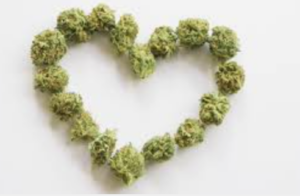
Love Potion
This Sativa-dominant strain is known for its arousing effects. Love Potion enhances focus and energizes the mind, making it perfect for foreplay and deep conversations.
Lemonatti
This sativa-dominant hybrid offers a sophisticated blend of uplifting and relaxing effects, with THC levels ranging from 21-28%. Its energizing properties make it ideal for a lively (wink wink) Valentine’s evening.
Alien Cookies
This hybrid strikes a balance between relaxation and euphoria, creating a cozy atmosphere while setting the mood for connection.
Rainbow
This Uplifting strain has bright and is full of flavor, Rainbow is great for couples seeking a lighthearted, adventurous Valentine’s Day experience.
Pineapple God
This Indica-leaning is perfect for a relaxing evening, offering a stunning visual display of sticky green, pink, and purple buds. If you are spending the evening alone, this can put you in a great mood.
RELATED: The Best Tips To Up Your Intimacy Game While High
Donny Burger
This Indica is ideal for winding down after a romantic evening, providing full-body relaxation effects perfect for cuddling.
Sugar Black Rose
This Indica offers a deeply relaxing experience with a sweet, fruity aroma, making it a beautiful gift for Valentine’s Day.
GG4 Sherbet FF
This energizing strain boosts energy and creativity, perfect for romantic moments and enhancing intimacy.
Cereal Milk
This balanced hybrid promotes creativity and sensory exploration, with a sweet, dessert-like flavor that pairs well with romantic treats….could be a big winner.
Create a cozy atmosphere with dim lighting and soft music and enjoy the cannabis alongside romantic treats like chocolates or desserts. Avoid alcohol since combining marijuana and booze my not provide the right atmosphere.
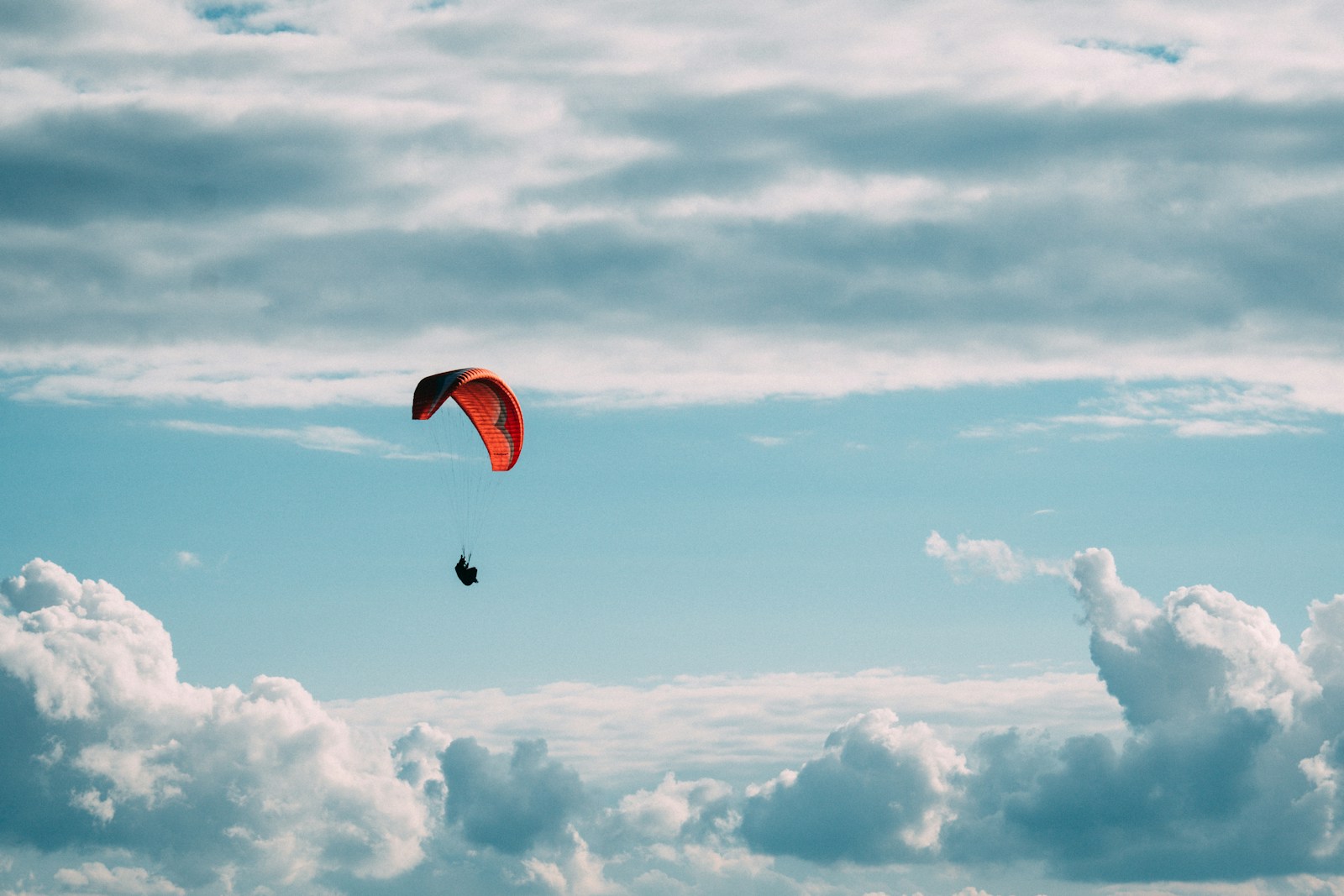

 Cannabis News2 years ago
Cannabis News2 years ago
 One-Hit Wonders2 years ago
One-Hit Wonders2 years ago
 Cannabis 1012 years ago
Cannabis 1012 years ago
 drug testing1 year ago
drug testing1 year ago
 Education2 years ago
Education2 years ago
 Cannabis2 years ago
Cannabis2 years ago
 Marijuana Business Daily2 years ago
Marijuana Business Daily2 years ago
 California2 years ago
California2 years ago


